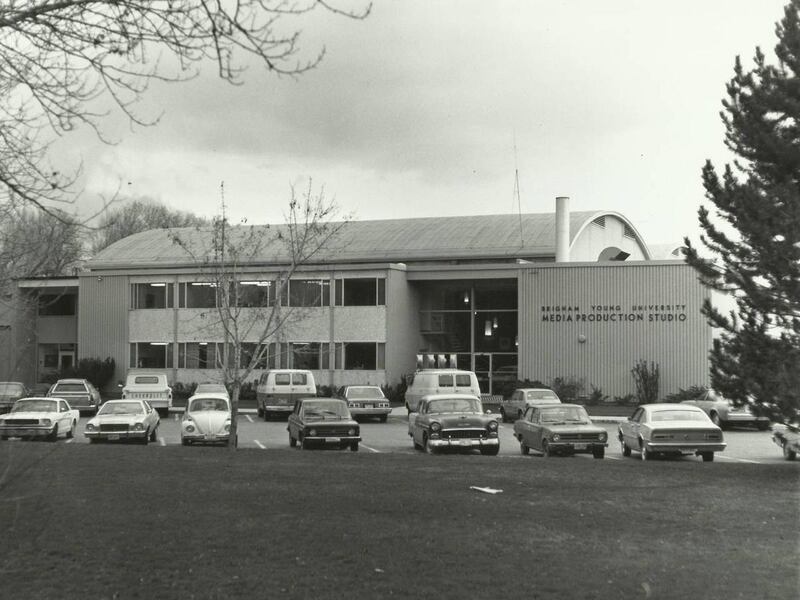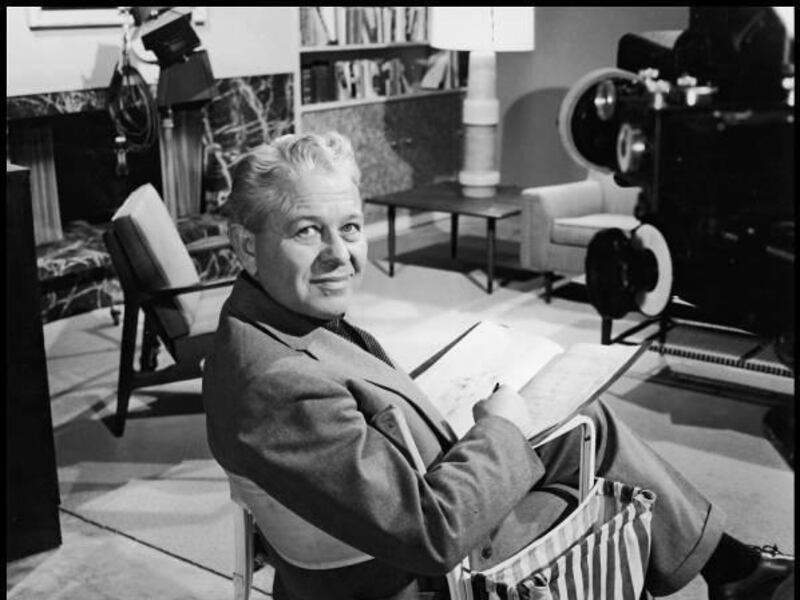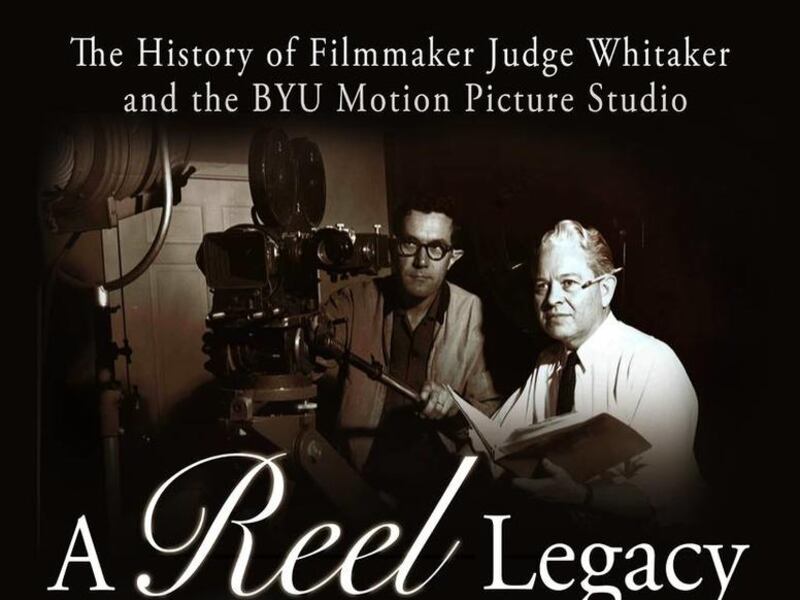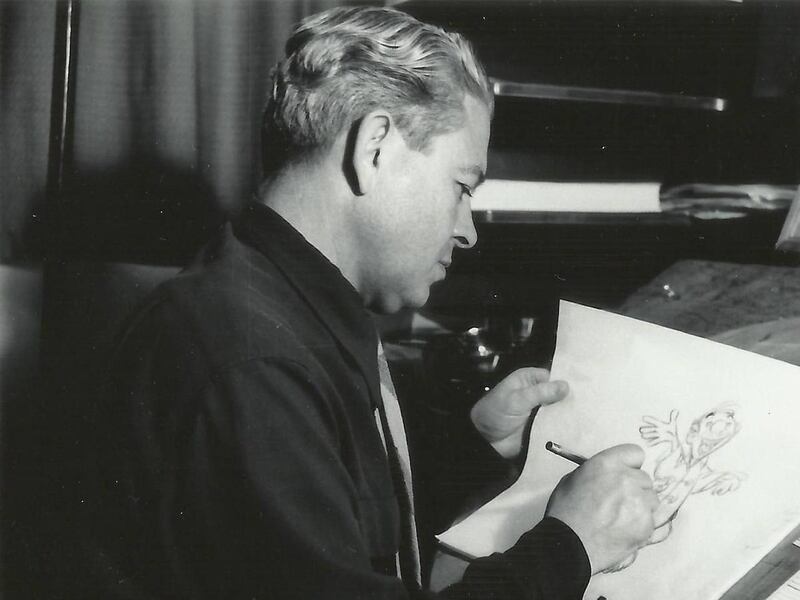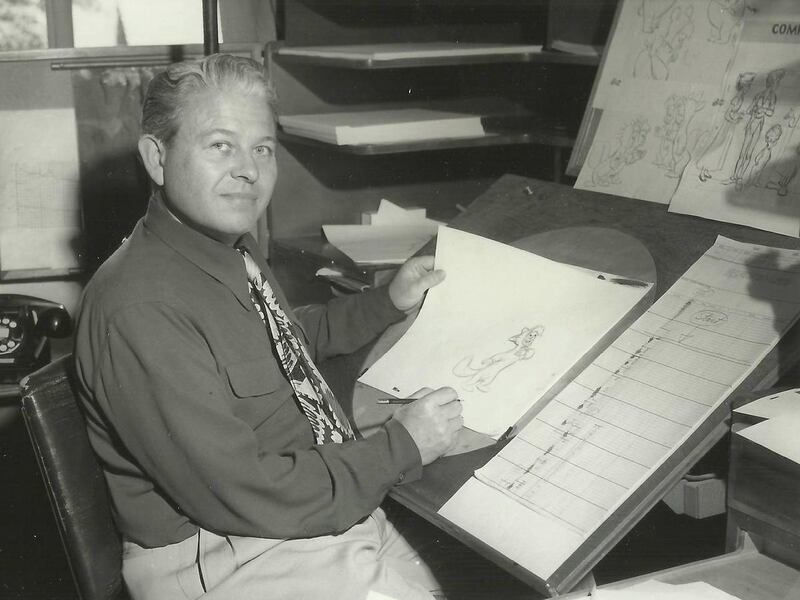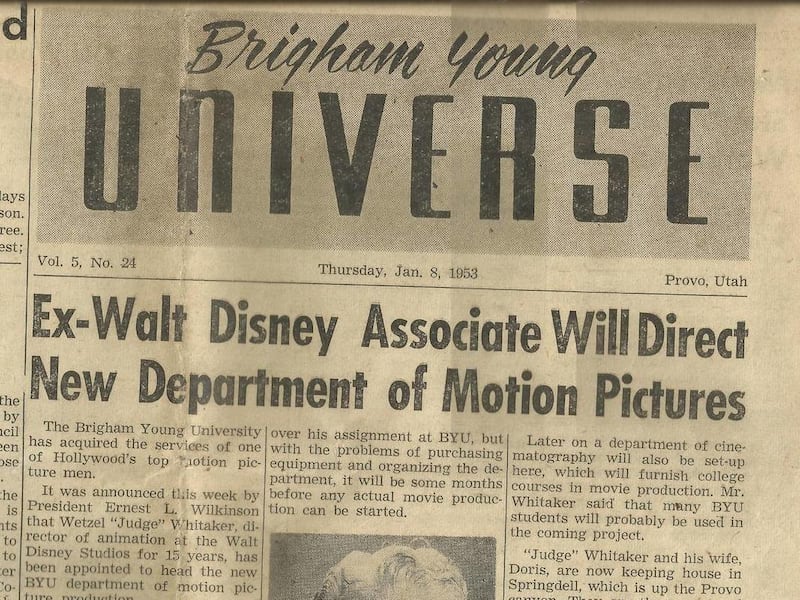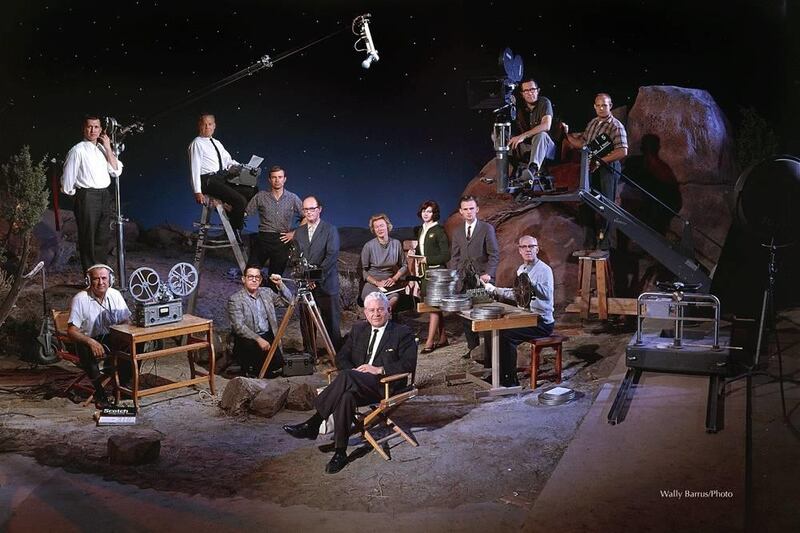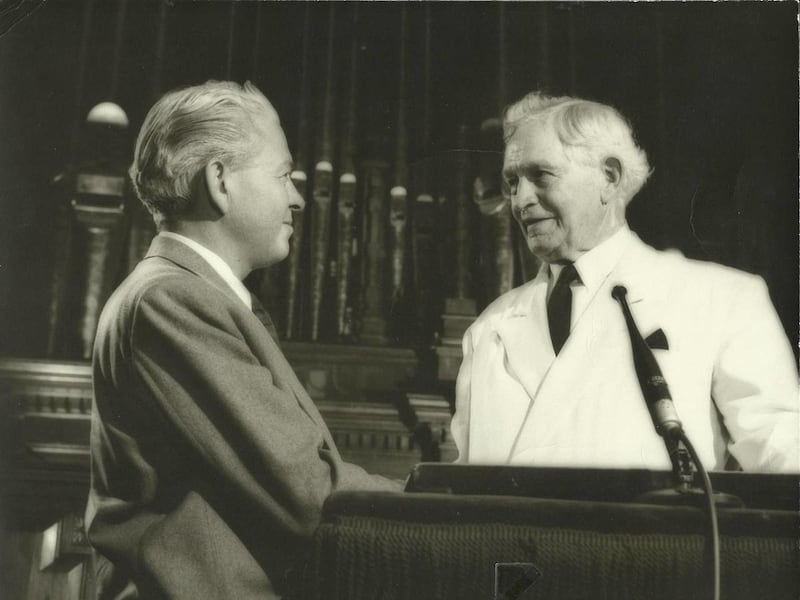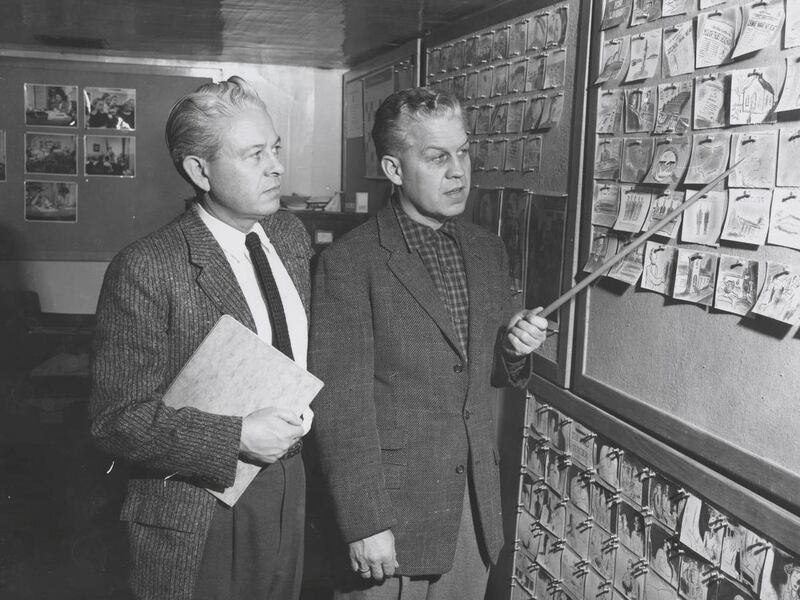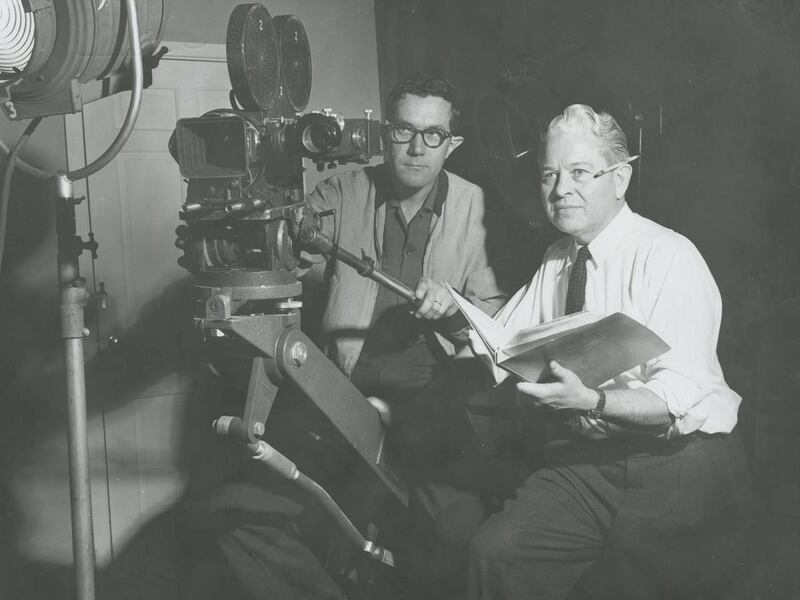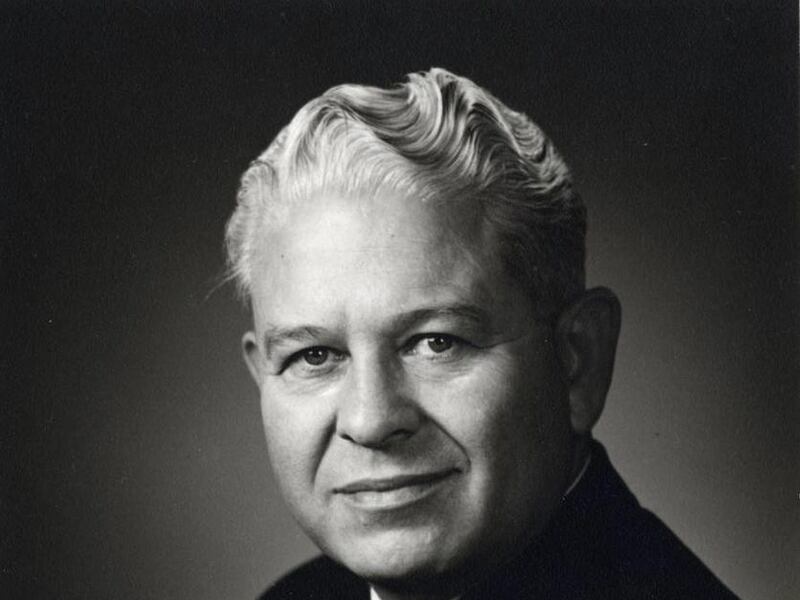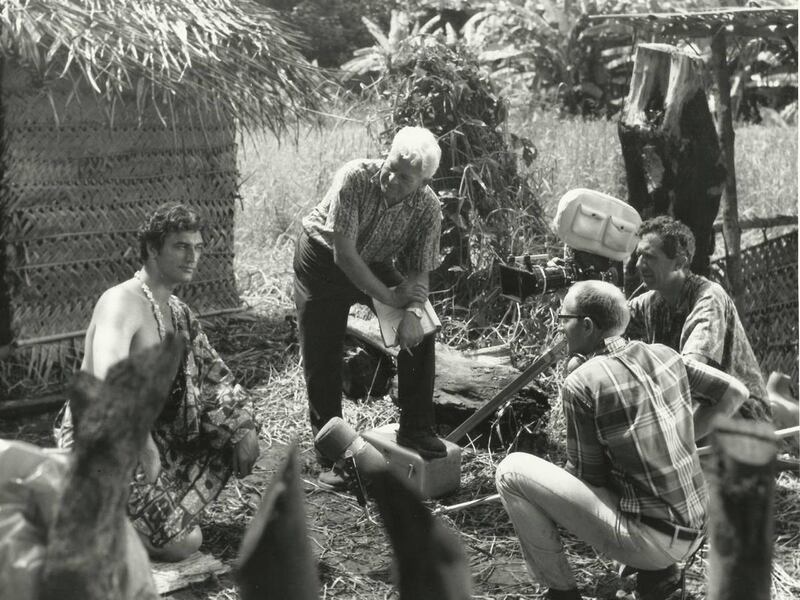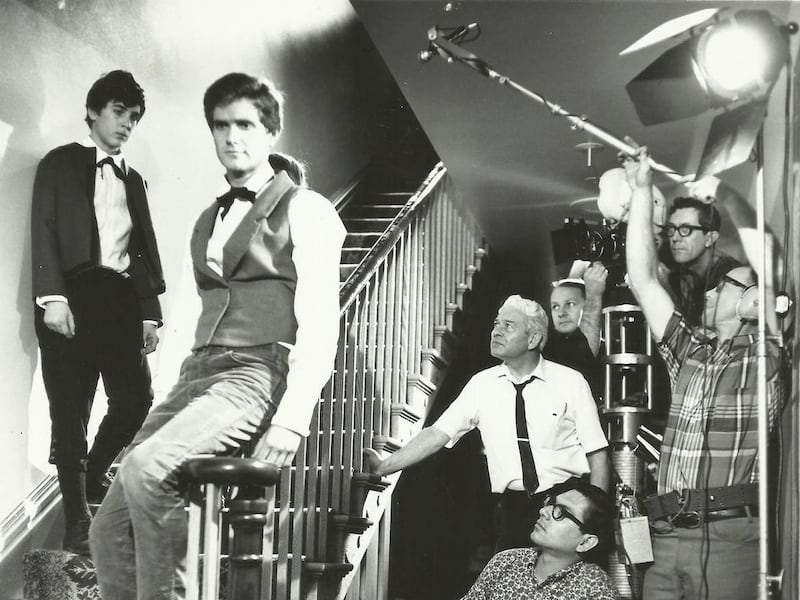When you look closely between a photograph of the stepsisters from Disney's animated "Cinderella" and a photograph of Wetzel O. "Judge" Whitaker and his brother Scott, you may notice a striking resemblance.
The Whitaker brothers, who were former animators for Walt Disney, actually based the faces of the "ugly stepsisters" on their own, wanting them to be more masculine.
As chief animator for the beloved classics of "Cinderella" and "Peter Pan," among others, Wetzel O. Whitaker's future was filled with opportunity when The Church of Jesus Christ of Latter-day Saints began showing interest in learning to use media.
The LDS Church's early efforts in film are a little-known history, one filled with sacrifice, dedication, hard work and successful results. This story has now been preserved by Thomas Laughlin, producer, director and editor behind the documentary "A Reel Legacy," a history of filmmaker Wetzel O. Whitaker and the Brigham Young University Motion Picture Studio.
"Latter-day Saints love pioneers across the plains, but there are other pioneers out there," Laughlin said. "We're all about media today … it all came from a guy that left a lucrative career with Walt Disney to come here."
The documentary
"A Reel Legacy" is a story of faith, toil, sacrifice and humility about Whitaker's mission as a father, husband, friend and filmmaker. The film features interviews with veteran filmmakers who knew and worked with Whitaker as well as dozens of rare and never-before-seen images released by family members and friends. They talk about Whitaker's life, trials and the challenges he faced in building up the BYU Motion Picture Studio.
"The purpose (of the documentary) is to raise awareness in that Judge Whitaker was a pioneer of Mormon media," Laughlin said.
Whitaker was responsible for founding the BYU studio, which would produce such films as the original "Johnny Lingo" and "Man's Search for Happiness." Whitaker also mentored Reed Smoot, who filmed all the aerials for "Indiana Jones and the Kingdom of the Crystal Skull" and worked on "Indiana Jones and the Temple of Doom"; T.C. Christensen, cinematographer for "17 Miracles" and "Forever Strong"; Karl Wesson, hair stylist for "The Pirates of the Caribbean: Dead Man's Chest," "Thelma & Louise" and "How the Grinch Stole Christmas"; and George Griner, camera operator for "High School Musical" and "The World's Fastest Indian."
The documentary "A Reel Legacy" got its start when Laughlin saw a framed photo of Whitaker in the basement of the BYU Motion Picture Studio. Wondering who the man with the wavy white hair was, Laughlin inquired and was told several stories by veterans of the studio who had worked with Whitaker. Intrigued, Laughlin began the project independently and about 18 months later had produced the film, which was released in early October.
"There are a lot of people who've worked with Judge," Laughlin said. "I wanted to interview and hear from the horse's mouth from people who were actually there."
The story of Judge Whitaker
For Whitaker, one call from President David O. McKay, the prophet of The Church of Jesus Christ of Latter-day Saints, changed everything.
The LDS Church's leaders wanted to use film to help people understand the church's programs, such as Mormon missionary work and welfare, and soon it was arranged to have a contingent of general authorities come down to see what the industry was doing, according to Pete Czerny, a film editor who was with the Motion Picture Studio from 1971-1983.
Whitaker offered to make a film for the general authorities. After struggling to get the script right, he produced a film on the LDS Church's welfare program. During the production, he asked for a blessing and in it was told, "What you're going to do for the church on the welfare is going to be just fine. But the Lord wants you to know you have a mission way beyond that and that you will be … a significant person in bringing communications to the church like has never been done before," according to Peter Johnson, an executive producer and studio director who was with the Motion Picture Studio from 1983-1992.
Soon after the blessing, Walt Disney, a good friend of Whitaker's, took him out to Anaheim and, according to David Kent Jacobs, a director and producer who was with the Motion Picture Studio from 1971-1983, in the documentary, told him, "Judge, nobody knows this yet, but we're going to be building a huge park here," and suggested he buy some real estate.
At about this time, Whitaker took a leave from Disney to work on his home in Heber, Utah. It was then that the church leaders approached him about building a motion picture production department at BYU.
Whitaker had to make a decision. Should he go back to Disney, or should he stay in Utah? He was worried because the church had no facilities and no equipment. It didn't even have a camera.
In the end, he decided he would do what the church leaders asked him to do, and he was hired.
"Judge knew this was an errand of the Lord," Jacobs said.
Whitaker's decision to stay eventually made his name synonymous with church films such as "Pioneers in Petticoats," the original "Johnny Lingo" and the church's temple films. After his death in 1985, his legacy as a film pioneer would continue through his productions and BYU's film department.
Whitaker built the studio from the ground up. They started out with a plywood building with a soundstage located where the BYU bookstore stands today. Nicknamed "the green barn," it had a logistical problem — it would pick up sound and amplify it inside. The crew couldn't use it during the day because of the noise from school, so they did most of their work at night.
The crew itself came in with little experience, except for Whitaker's brother Scott, who came from Disney as a creative force and began to design the majority of the projects and to write scripts while Wetzel produced and directed.
With hard work but an inexperienced crew, Wetzel Whitaker worked hard to justify the existence of the studio and its budget, and ultimately everything came together. The first church film premiered at the Salt Lake Tabernacle during a session of general conference in October 1954.
On Feb. 18, 1959, the BYU Motion Picture Studio was dedicated. At the time, most of the equipment was discounted or discontinued hand-me-downs from other studios. According to Grant Williams, a key grip and camera support who was with the Motion Picture Studio from 1966-2009, Whitaker came to enjoy the idea of learning to work with real people rather than animated characters, and soon began bringing students in for every production.
It was not long before Whitaker became known as the man with the wavy white hair. George Greener, a cinamatographer and camera operater who has been with the Motion Picture Studio since 1974, said in the documentary that Whitaker had a commanding presence with a demeanor demanding respect and admiration. He was a husband who adored his wife, Doris, making sure to be home at noon for lunch everyday. They made a striking couple.
Whitaker was nicknamed "Judge" as a kid because there was a judge in town who walked very strict and upright, similar to the way Whitaker walked. His brothers mocked him, saying, "Here comes the judge," when Whitaker would come in, but the name stuck.
Whitaker ran the studio with a sensitivity to the Spirit. They had a prayer every day at the start and close of work.
On Sept. 15, 1964, one day after Whitaker was given the assignment to make films to be used in LDS temple ceremonies, the studio burned, according to Richard Bickerton, a producer and editor who was with the Motion Picture Studio from 1963-1970, in the documentary. It wasn't until a new studio was built in the Riverbottoms area at 300 W. 2230 North, in Provo, that they could continue the work.
In 1976, Whitaker's brother Scott was diagnosed with cancer and died. He continued working on the films up until his death.
Whitaker died in 1985. He felt the most important films he did were "Man's Search for Happiness," the temple films and yearly documentary histories of the church, according to Jacobs.
In 1994, the studio was handed over to the church and became the LDS Motion Picture Studio.
"It's important for members (of the LDS Church) to realize the sacrifice and dedication that went into the Motion Picture Studio," Laughlin said.
The film is available on Amazon and at Deseret Book for $12.95.
Email: ajones@desnews.com

